Indian Sky-Gazers! Don't Miss the Super Blue Blood Moon tomorrow
Tue 30 Jan 2018, 23:25:49
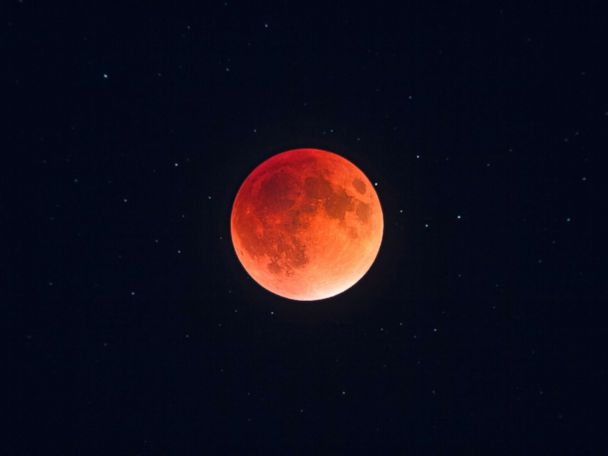
India is in for a celestial treat on 31 January, with an event that the NASA calls “super blue blood moon”– that is expected to grace the skies on Wednesday, 31 January.
Indians can look up at the sky between 6:21 pm and 7:37 pm on Wednesday, with the eclipse reportedly starting around 5:18 pm.
This supermoon will mark the end of the trilogy, the first two appearing on 3 December 2017 and 2 January 2018 respectively.
For the unitiated, a supermoon, is when the moon appears larger and brighter in the sky, due to the full moon coinciding with moon's closest approach to Earth in its orbit.
During this occurrence, the moon appears about 14 percent larger and 30 percent brighter, reports NASA.
What's the Science Behind It?
The ‘super blue blood moon’ gets its name from the fact that a lunar eclipse is expected to occur on the morning of 31 January – a celestial event that will temporarily give the moon a reddish or copper-ish colour, it is reported.
This happens when the sunlight passing through the Earth’s atmosphere breaks down its constituent colours, out of which the red part gets scattered by the atmosphere and falls on the Moon's surface, thus giving it its reddish or copper-ish hue.
This moon is also called a ‘super
blue’ moon and this is simply due to the fact that the second full moon of a calendar month is traditionally referred to as a ‘blue moon’.
blue’ moon and this is simply due to the fact that the second full moon of a calendar month is traditionally referred to as a ‘blue moon’.
The ‘supermoon’ will appear larger and brighter in the sky, because during the eclipse, the Moon will be close to its perigee, The Hindu report adds.
When and How to Watch It?
The north eastern states will be able to catch a glimpse of the event first – between 4:21 pm and 5:18 pm on Wednesday.
The west coast of India and parts of Rajasthan will be able to view it from 6:21 pm to 7:37 pm.
The rest of India will see it between 5:18 PM and 6:21 PM, the report adds.
The eclipse will reportedly last for a little over an hour.
Don’t have equipment to view the moon? Don’t fret, As Dr Debiprosad Duari, Director of MP Birla Planetarium, Kolkata confirmed to The Hindu, the supermoon can be viewed through the naked eye from any part of the country.
Astronomer Praveen Suryavanshi however told Express UK that the spectacle will be best viewed from a high vantage point or somewhere away from the pollution and the city lights.
So don’t forget to turn an eye (or two!) towards the sky this Wednesday, because you’re going to be in for a one-of-a-kind celestial treat!
No Comments For This Post, Be first to write a Comment.
Most viewed from Specials
Most viewed from World
AIMIM News
Latest Urdu News
Most Viewed
May 26, 2020
Do you think Canada-India relations will improve under New PM Mark Carney?
Latest Videos View All
Like Us
Home
About Us
Advertise With Us
All Polls
Epaper Archives
Privacy Policy
Contact Us
Download Etemaad App
© 2025 Etemaad Daily News, All Rights Reserved.


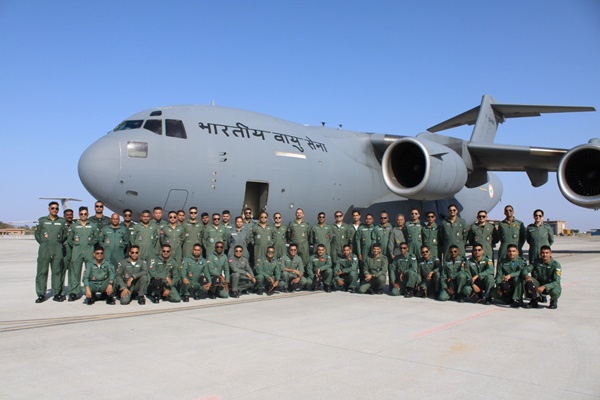











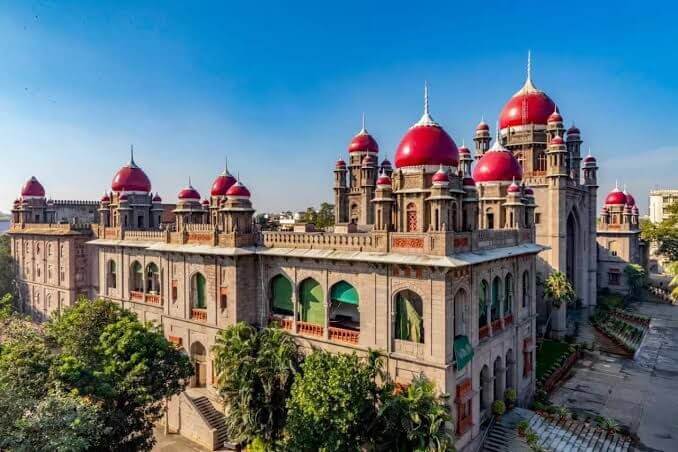
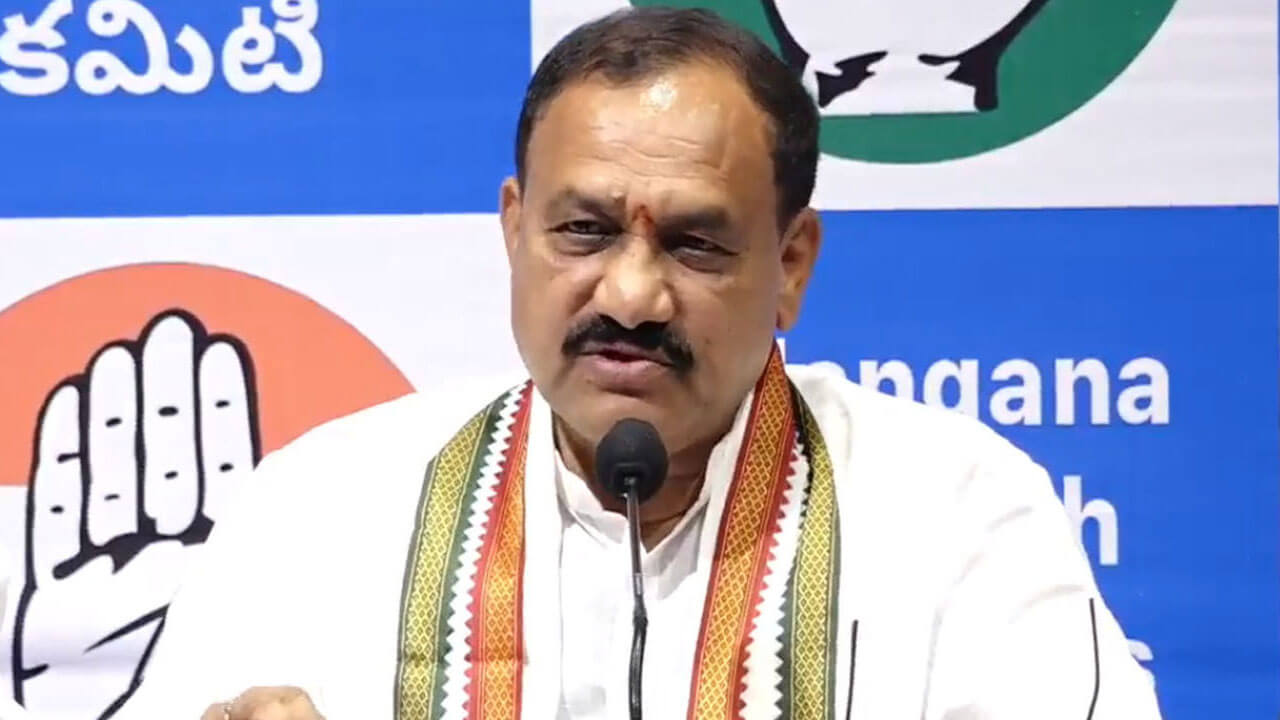
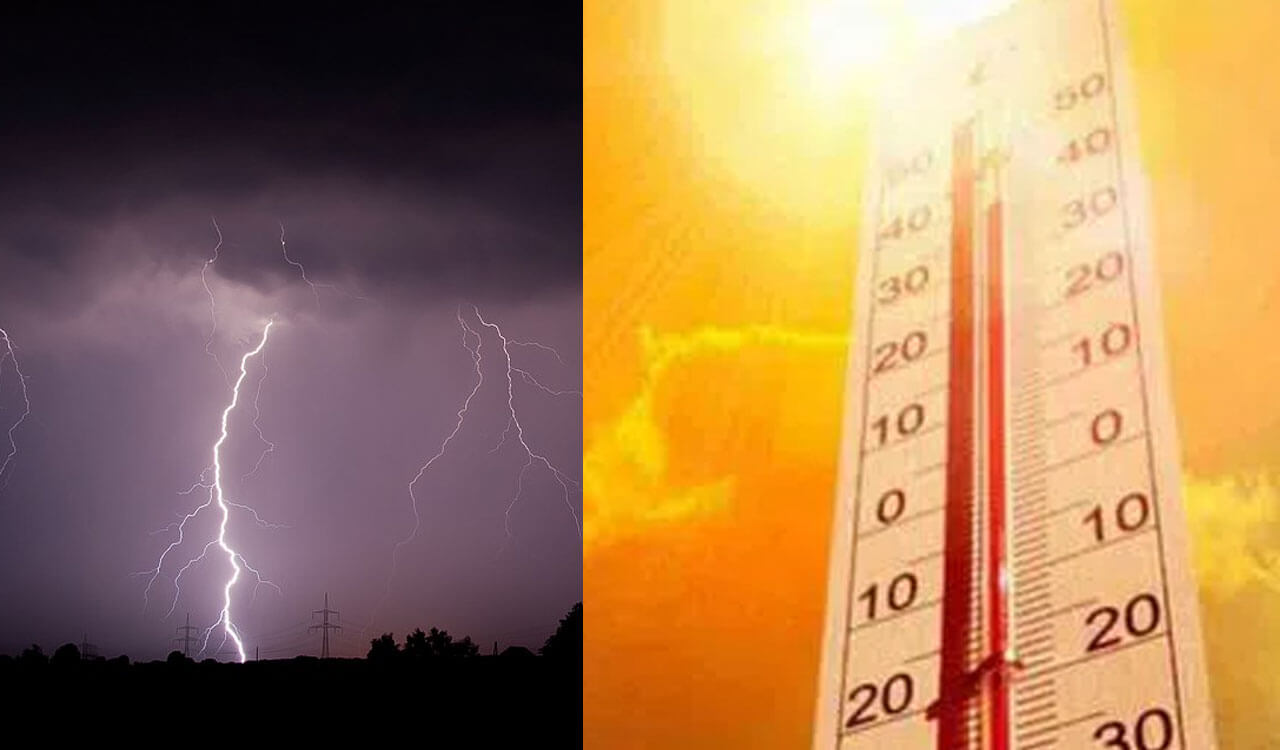
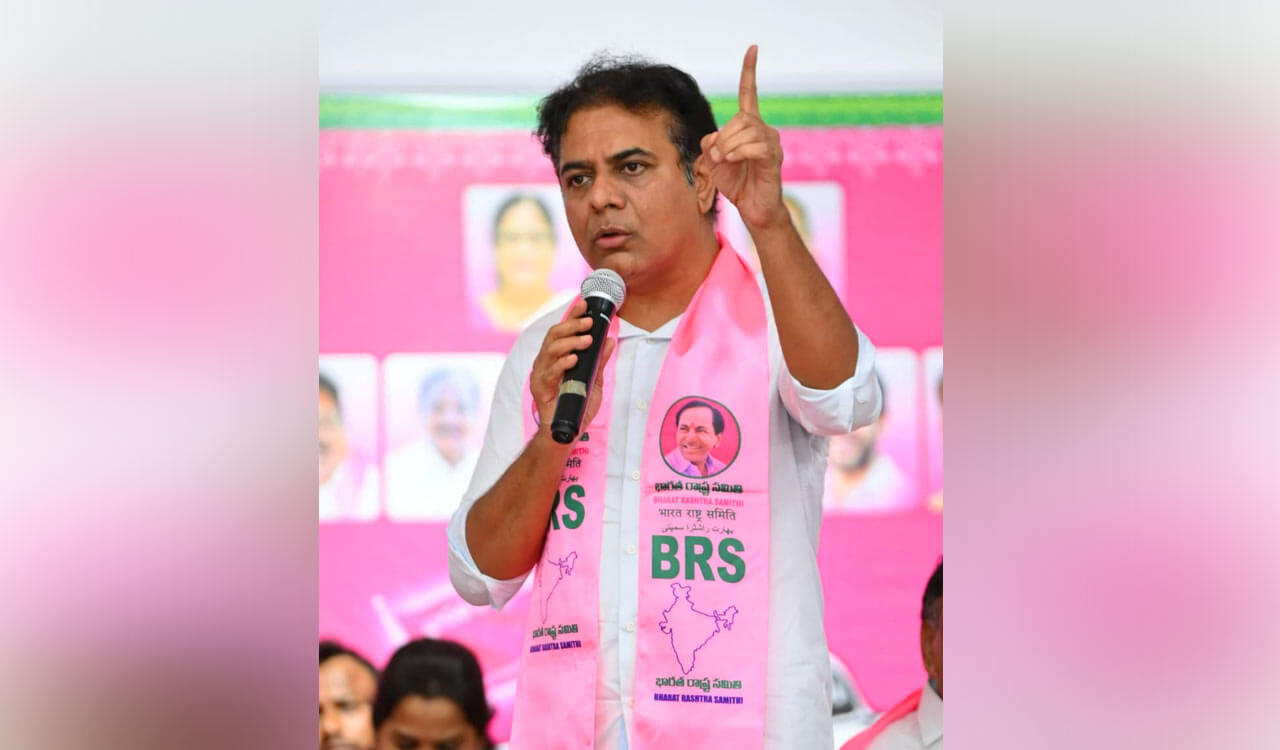
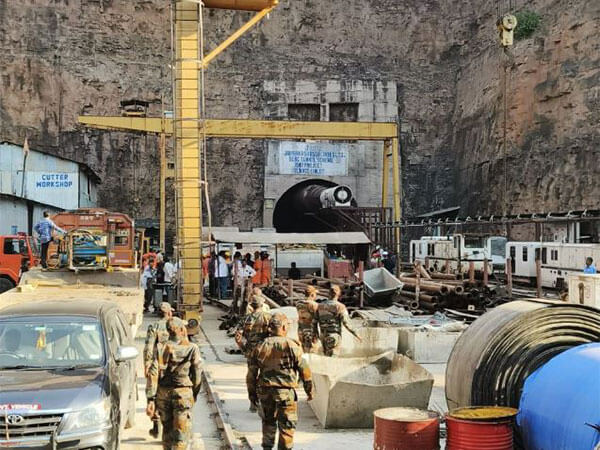
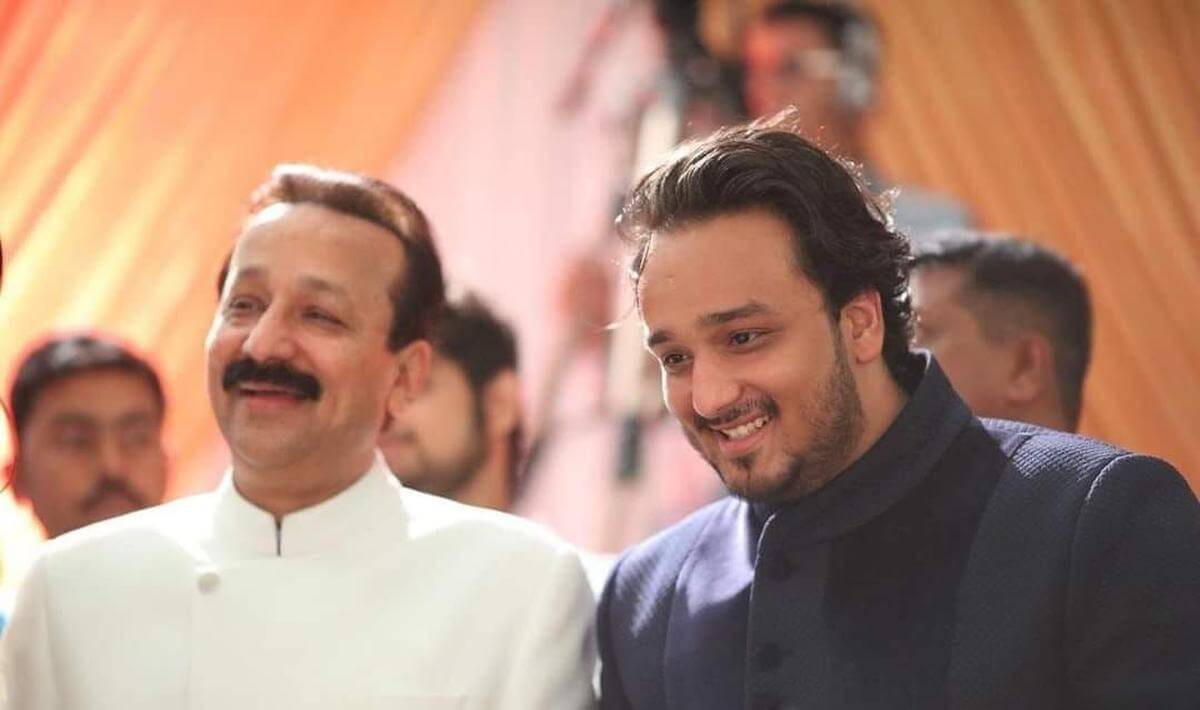

.jpg)
.jpg)
.jpg)
.jpg)

















